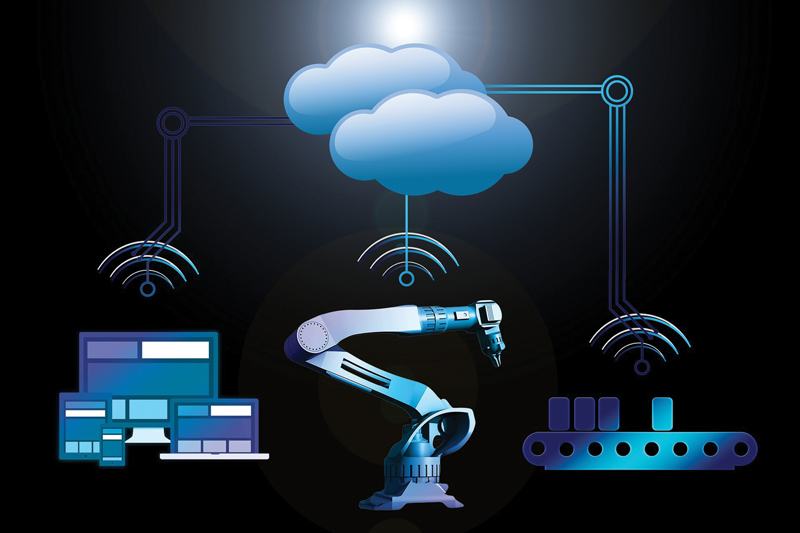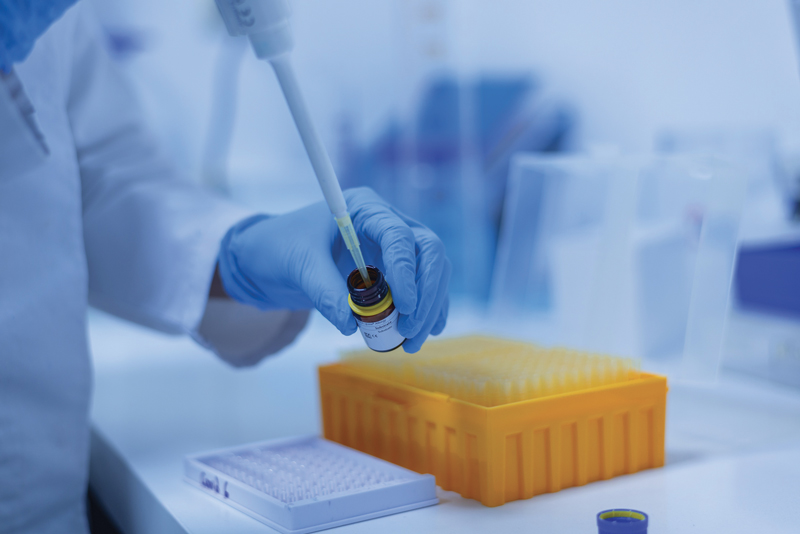Towards a Flourishing 2022
The last G.I.S.I. Assembly was held in an optimistic spirit, confirming the forecasts for companies in the industry and for the Italian economy, also thanks to the opportunities offered by the National Recovery and Resilience Programme (PNRR). Let us discover
Optimistic forecasts do not give way to Covid-19: the recovery mentioned during the G.I.S.I. ordinary assembly last May was confirmed at the end of the year, when members met online again. The association actually contacted several companies to take stock of the situation, recording good news on the trend of the instrumentation and automation market in 2021, and on the prospects for the current year. “After the slowdown in 2020 due to the pandemic, a significant recovery of the instrumentation business is underway, and for many companies the 2021 order/turnover figures will exceed those of 2019. Moreover, growth in our industry is higher than that of the national GDP,” Roberto Gusulfino, G.I.S.I. President, said.
News from the markets: sectors and products
As always, the most positive news comes mainly from exports, especially for some OEMs (food, plastics, machinery/hydraulics, metals) and EPC Contractors. But growth is also strong for end users. The sectors driving the most are oil & gas, chemicals, pharmaceuticals, power, and cement. Positive volumes, but more limited, for the water, food and beverage businesses. The increases concern all products, from process instrumentation to factory automation, but the real boom is in laboratory instrumentation. The service business is also experiencing considerable growth (maintenance contracts, calibration services at the supplier’s premises or on site). However, there are threats, first and foremost the shadow of new waves of contagion, but not only: shortages of raw materials; rising costs of materials, electricity, gas and transport; delivery problems. All these elements can contribute to higher inflation. On the other hand, however, interesting opportunities arise, thanks in particular to the PNNR Plan.
What are the market’s megatrends?
There are a few megatrends to keep in mind, such as the health market as a result of research into new medicines, vaccines and buffers, and increased production (utilities, WFI, filling, cold chain, logistics and so on). Of great interest is the environment, with decarbonisation and water monitoring. But also energy, thanks to hydrogen, natural gas and renewables such as biogas, biomethane, hydroelectricity and more. And in the 4.0 era, digitalisation stands out, thanks to the evolution of new communication technologies (Ethernet, wireless, LoRaWAN, 5G), cloud services, big data and IIOT, and mobile apps for diagnostics, maintenance, documentation and so on. In all of this, cyber security is essential. Funds for the Next Generation EU have been allocated through the PNRR Plan, with investments in the environment and Industry 4.0. Some difficulties, once again, are caused by the lack of qualified technical and commercial staff.





The macroeconomic scenario
As outlined by Prof. Giampaolo Vitali (CNR-IRCrES economist, professor of European Economics at the University of Turin, secretary of the Italian Association of Business Economists), invited to the Assembly, good news also comes from the EU macroeconomic forecasts (published on November 16th, 2021) and the Oxford Economics forecasts, both concerning the Italian economy. As regards the manufacturing industry, the positive trends are confirmed with a 4.2% increase for 2022 and 2023, which will finally have their own path after the rebound of 2021. A better dynamic compared to the historical trend (thanks to favourable demand conditions on foreign and domestic markets), which will allow manufacturing turnover to reach ?1.135 billion, a 21% increase compared to 2019 (Source: Prometeia). For the medium-term prospects for the G.I.S.I. sectors, the PNRR offers great opportunities for private and public investments in relation to Industry 4.0, renewable energies, sustainable mobility, home automation for buildings (superbonus), and remote medicine in healthcare. The risks, as mentioned above, are linked to inflation triggered by excessive increases in energy prices, and the rise in interest rates on sovereign debt. Businesses fear higher prices, with a relative loss of purchasing power.
From the new website to the next trade shows
Among the initiatives and activities developed by G.I.S.I., there is the new website which has been live for just under a year, offering greater usability and continuous updates. In the home page there are two important assets for the association: in addition to “ Controllo e Misura” there is the Yearbook (also available in paper format), with 244 pages and 483 product categories of 130 member companies. For trade shows, contacts have been made with SPS/IPC Drives (to be held in Parma next May) for collective participation with pre-equipped stands, a new location and the possibility of organising a conference on instrumentation. The spotlight is also on Automation & Testing to be held in Turin in February, and Pharmintech in Milan in May.
How are the work committees progressing?
In 2021, great efforts were devoted to the development of the Work Committees. With regard to the Observatory and Survey Work Committee, the observatory on the national market trend of industrial instrumentation and automation was completed, which includes various types of instruments and is bilingual (Italian and English). In the 2021 edition, control and safety valves, actuators and positioners have been added. Another important committee is dedicated to MeCoTech, the multilingual portal which complements the gisi.it institutional website. Members can strengthen their communication through initiatives, technological innovations and applications, events, training and more. Last March, it hosted MeCoTech-Days, 5 days of webinars. Given the difficulty in finding trained staff, the Training Work Committee provides informative webinars on specific topics in the technical and administrative areas, followed by training courses to qualify and update staff.
The Digital, Software, Industry 4.0 Work Committee, on the other hand, aims to spread the digital culture, with updates on technologies and developments in the world of instrumentation. Lastly, the China and Associations Working Committee: this arose from relations with the China Instrument and Control Society (CIS), which invited G.I.S.I. to participate in the Belt & Road Alliance for Sensing and IoT Collaboration (BRASIC) project to share IoT experiences.

